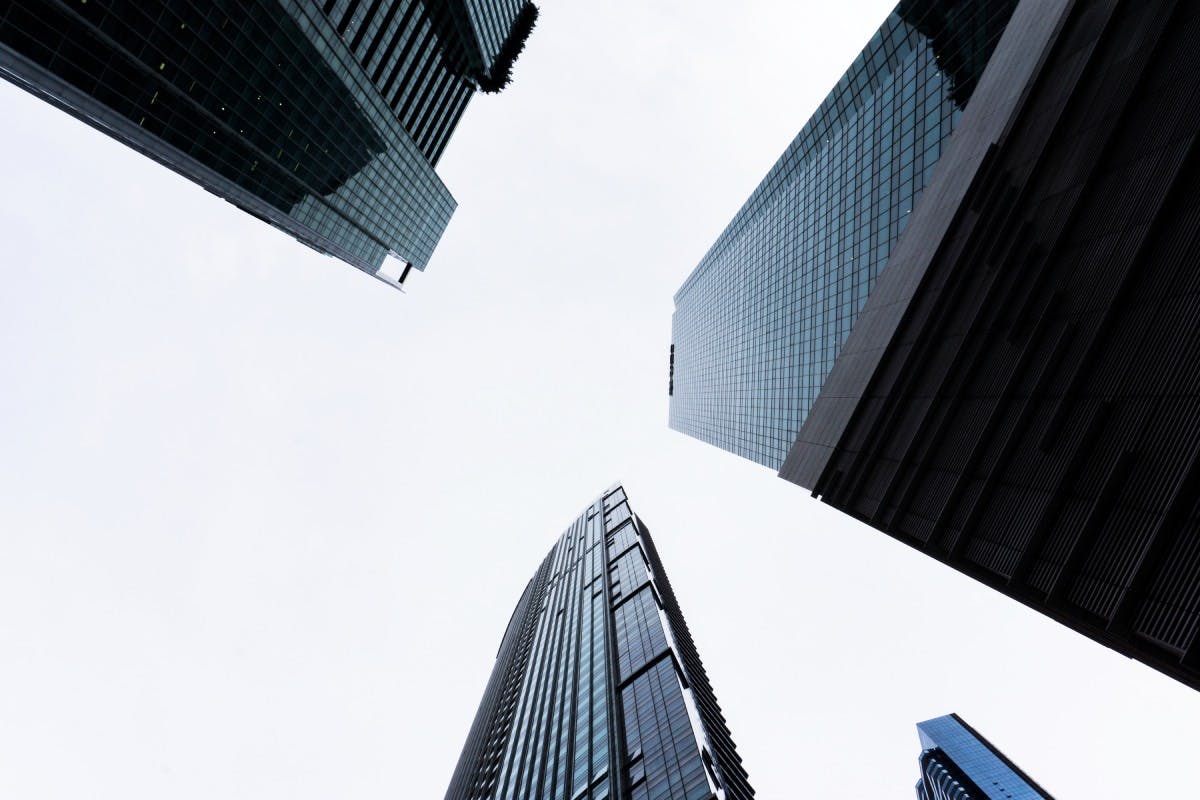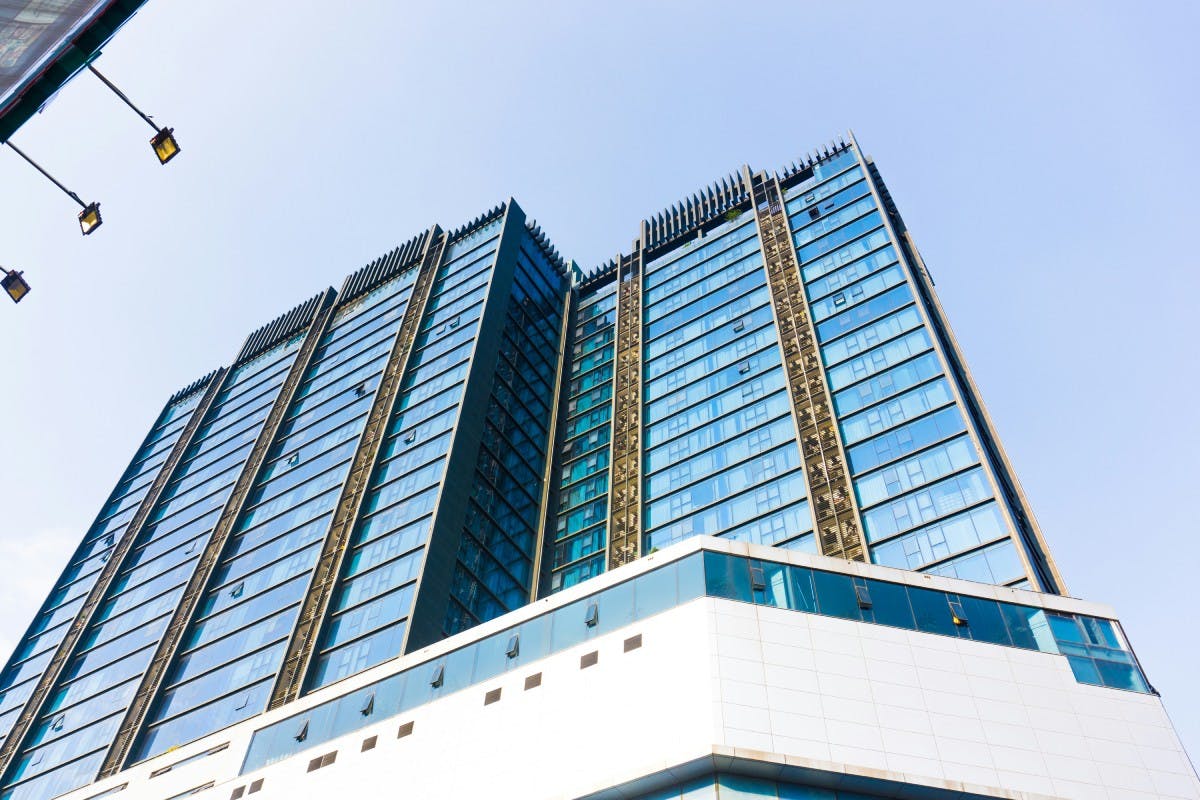Insights
The ultimate 2024 green credentials guide for Australian commercial property landlords
Published
03 October, 2023
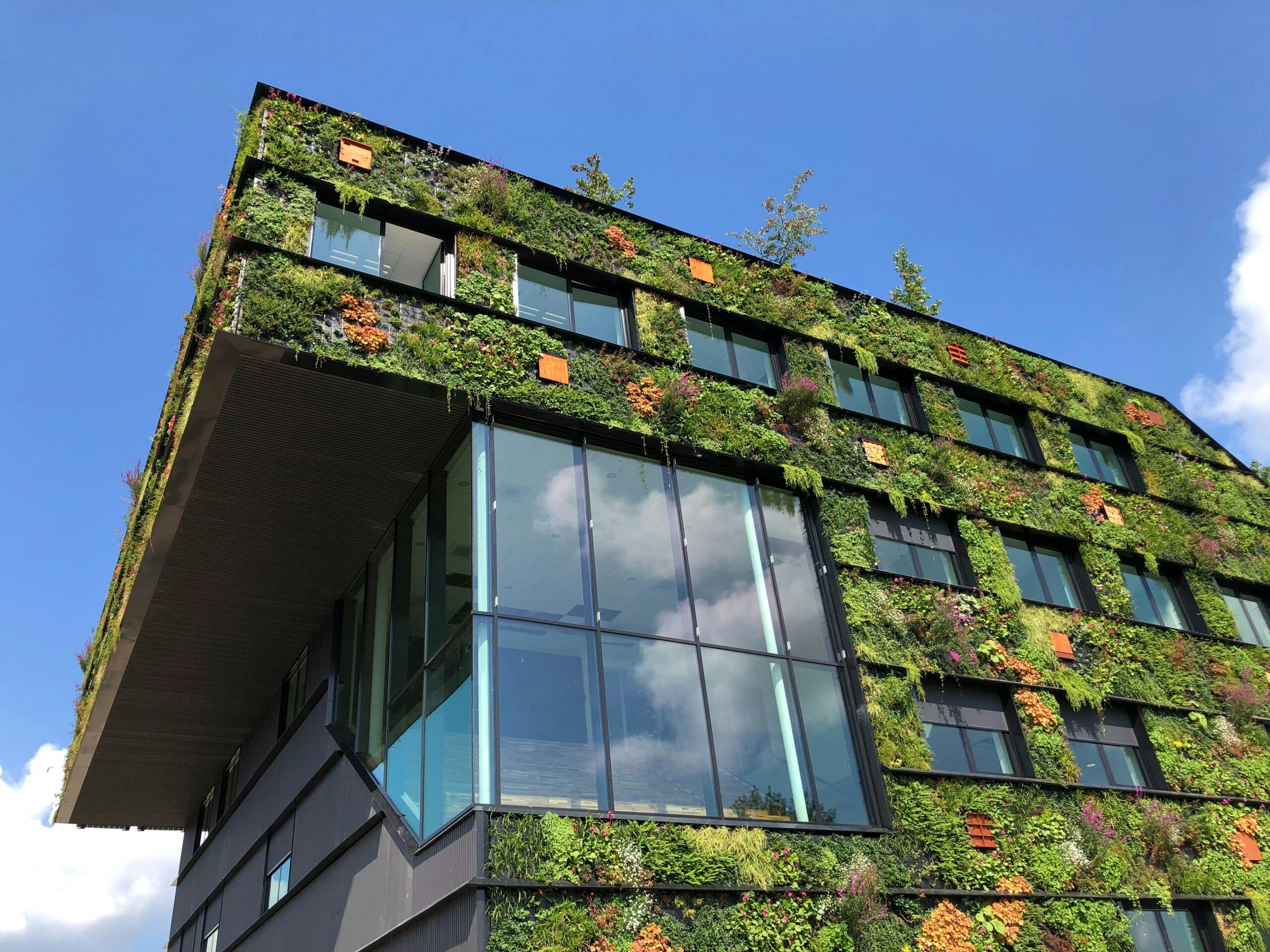
Sustainable investment practices, environmental consciousness and eco-friendly building strategies have taken centre stage in 2024. Today, more than ever, landlords recognise the paramount importance of aligning their properties with eco-friendly principles. And as they should be. Every effort to improve the environment, or reduce their building’s impact on it, goes toward bolstering their green credentials.
Let’s delve deeper into the world of green credentials in commercial real estate and explore the transformative statistics and references that shape this dynamic field.
Green Credentials in commercial real estate investment
 Green credentials, known also as sustainability credentials, reflect a landlord, organisation or building’s commitment to environmental responsibility. These credentials signify a profound shift in the way we approach commercial real estate. They promote initiatives undertaken by landlords to reduce carbon emissions, such as the installation of solar panels, as well as tenants’ adoption of environmentally conscious policies for their employees. And the in-house impact of robust green credentials? They are far-reaching, spanning environmental betterment, financial gains for tenants and even heightened employee productivity. The public aren’t the only ones eyeing off a building’s green credentials – tenants are too. In Australia, high-value programs have been established to formalise organisations’ sustainability standards. These hold huge sway over a building’s value and prospective tenants’ perception of both the property and its landlord. In a world increasingly aware of the environmental crisis, landlords – whose buildings account for 36 per cent of global energy consumption – face mounting pressure to mitigate their contribution to global warming and climate change.
Green credentials, known also as sustainability credentials, reflect a landlord, organisation or building’s commitment to environmental responsibility. These credentials signify a profound shift in the way we approach commercial real estate. They promote initiatives undertaken by landlords to reduce carbon emissions, such as the installation of solar panels, as well as tenants’ adoption of environmentally conscious policies for their employees. And the in-house impact of robust green credentials? They are far-reaching, spanning environmental betterment, financial gains for tenants and even heightened employee productivity. The public aren’t the only ones eyeing off a building’s green credentials – tenants are too. In Australia, high-value programs have been established to formalise organisations’ sustainability standards. These hold huge sway over a building’s value and prospective tenants’ perception of both the property and its landlord. In a world increasingly aware of the environmental crisis, landlords – whose buildings account for 36 per cent of global energy consumption – face mounting pressure to mitigate their contribution to global warming and climate change.
Navigating the NABERS Rating System
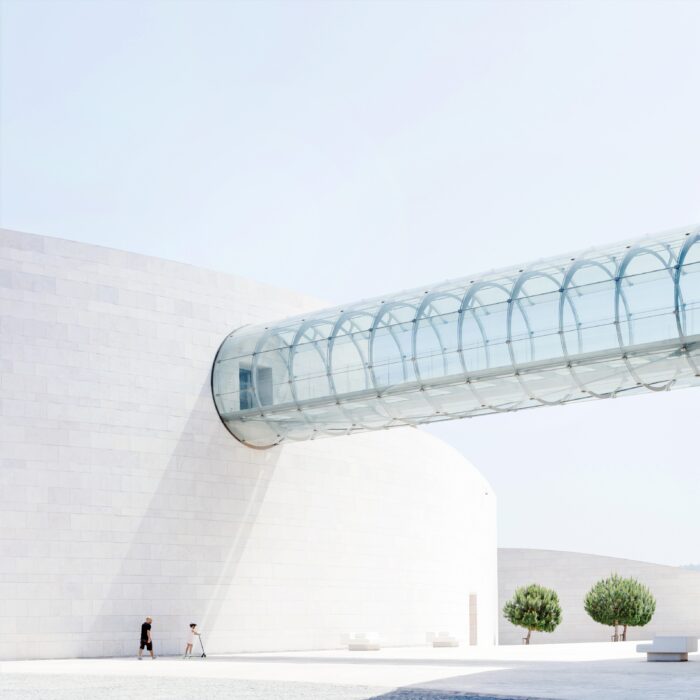 Australia’s property industry predominantly relies on the National Australian Built Environment Rating System (NABERS) as a benchmark to assess a building’s green credentials. NABERS evaluates a building’s capacity to operate with optimal energy efficiency. Ratings range from zero to six stars, representing a spectrum from poor to market-leading performance. A six-star rating signifies a building’s greenhouse gas emissions are merely half that of a five-star rated building. It’s one of the go-to figures a buyer or tenant will look at when considering an office property in Australia, and it’s now common to see a building’s NABERS rating on its ‘for sale’ or ‘for lease’ sign.
Australia’s property industry predominantly relies on the National Australian Built Environment Rating System (NABERS) as a benchmark to assess a building’s green credentials. NABERS evaluates a building’s capacity to operate with optimal energy efficiency. Ratings range from zero to six stars, representing a spectrum from poor to market-leading performance. A six-star rating signifies a building’s greenhouse gas emissions are merely half that of a five-star rated building. It’s one of the go-to figures a buyer or tenant will look at when considering an office property in Australia, and it’s now common to see a building’s NABERS rating on its ‘for sale’ or ‘for lease’ sign.
NABERS meticulously measures several key areas:
- Energy Efficiency
- Water Consumption and Usage
- Waste Management
- Indoor Environment Quality (including air quality and natural sunlight)
- Overall Environmental Impact
This government initiative has indisputably become the gold standard for office buildings in Australia. In fact, high-quality office premises listings frequently highlight their NABERS rating as a badge of honour, and its absence often signals subpar environmental performance.
Green Star Rating – A complementary perspective
Reflecting society’s heightened emphasis on eco-friendly buildings, the Green Building Council of Australia has introduced the Green Star Rating. This rating system is instrumental in guiding office landlords and tenants toward designing sustainable office fit-outs. It not only encourages lower energy consumption but also empowers occupants to manage and monitor their energy usage more effectively. The Green Star rating doesn’t replace the NABERS rating. But it does underscore the importance of a workspace’s layout in the environmental sustainability discussion.
Why green credentials are crucial for commercial property landlords in 2024
 Green credentials have assumed paramount importance for commercial real estate offices in Australia in 2024 for several reasons:
Green credentials have assumed paramount importance for commercial real estate offices in Australia in 2024 for several reasons:
Environmental responsibility
In 2024, there is an increased global focus on addressing climate change and environmental sustainability. Commercial real estate offices are under greater scrutiny to play their part in reducing carbon emissions and mitigating the impact of buildings on the environment. Green credentials reflect a commitment to responsible environmental stewardship.
Regulatory and government initiatives
Australian authorities have implemented stringent regulations and initiatives to promote sustainability in the real estate sector. This includes the mentioned NABERS rating as well as the Green Star rating system.
Tenant demand
Tenants, especially those in the white-collar sector, are increasingly looking for office spaces that align with their own sustainability goals. Businesses are recognising eco-friendly work environments are not only responsible but also attractive to employees and clients. Green credentials can help attract high-quality tenants who prioritise sustainability.
Market competitiveness
Commercial real estate is a competitive field. Having strong green credentials can set a property apart in the market. It can lead to increased demand, higher rental rates and even lower vacancy rates, potentially future-proofing the property’s performance.
Long-term cost savings
Sustainable practices often result in reduced operational costs. Energy-efficient buildings with green features, such as solar panels and efficient lighting systems, can lead to lower utility bills. Over time, this translates into significant cost savings for both landlords and tenants.
Risk mitigation
Climate-related risks are becoming more prominent in the real estate industry. Properties that are not environmentally sustainable may face higher insurance costs, increased maintenance expenses and potential devaluation. Green credentials help mitigate these risks.
Enhanced reputation
Let’s face it. Landlords with strong green credentials enjoy a positive reputation in the market. This can lead to improved relationships with stakeholders, including tenants, investors and the local community.
Legal and financial incentives
In some cases, government incentives and tax benefits are available for commercial properties that meet certain sustainability criteria. These incentives can provide financial advantages to property owners with strong green credentials.
Future-proofing
Sustainability is not just a trend; it’s a long-term imperative. Building or buying with green credentials in mind positions a property for relevance and resilience in a changing world, where environmental concerns are likely to become more and more significant.
Elevating your property’s Green Credentials in 2024
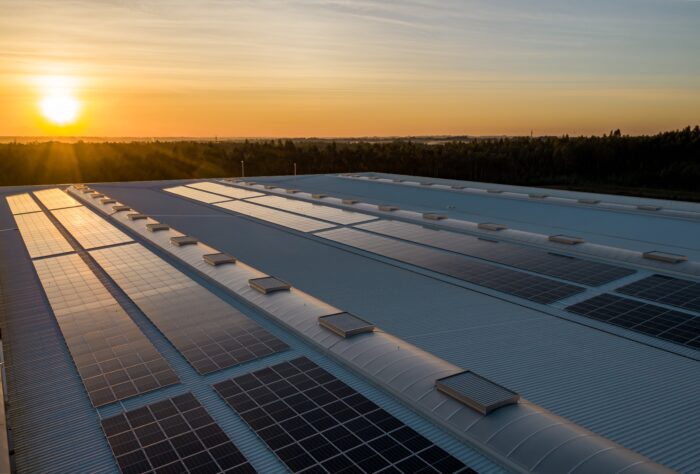 Suppose you find yourself as an office landlord with a mediocre NABERS rating, itching to attract top-tier tenants who prioritise energy efficiency. There’s plenty you can do to bolster your green credentials. Here are a few ideas:
Suppose you find yourself as an office landlord with a mediocre NABERS rating, itching to attract top-tier tenants who prioritise energy efficiency. There’s plenty you can do to bolster your green credentials. Here are a few ideas:
- Solar integration: Installing solar panels on your building’s roof remains one of the most effective ways to simultaneously reduce energy consumption and lower your tenant’s energy expenses; a win-win for owners and occupiers.
- Tenant engagement: Filling your premises with high-quality tenants, aligned with energy-efficient practices, can significantly bolster your green credentials. Tenants are the lifeblood of commercial properties, and their cooperation is integral to enhancing your NABERS rating. If your current tenant doesn’t share your green vision, consider seeking a replacement who does.
- Green fitouts: When existing green credentials fall short, a fresh start may be the solution. Today, a number of interior designers and builders specialise in eco-friendly office fit-outs. Sure, this route might entail a decent initial investment, but the long-term savings from reduced energy consumption can often make it a wise and profitable choice.
Relevance in the realm of commercial real estate casts a shadow over mere business and investment decisions; it extends to the greater good. In 2024, securing a property’s green credentials isn’t just a choice; it’s an imperative for landlords looking to align their interests with the environment and deliver value to their tenants and the world at large.
Want to invest in high-quality commercial real estate, with the future in mind? Going at it alone can be complicated and costly, which is why many Australian investors turn to commercial property syndicates. Properties & Pathways has helped hundreds of investors grow substantial wealth and secure ironclad income using commercial real estate.
Run by seasoned property professionals, we invest alongside you, standing by our investment decisions and sharing the journey at every turn. Get in touch today to find out how you can invest with us.
